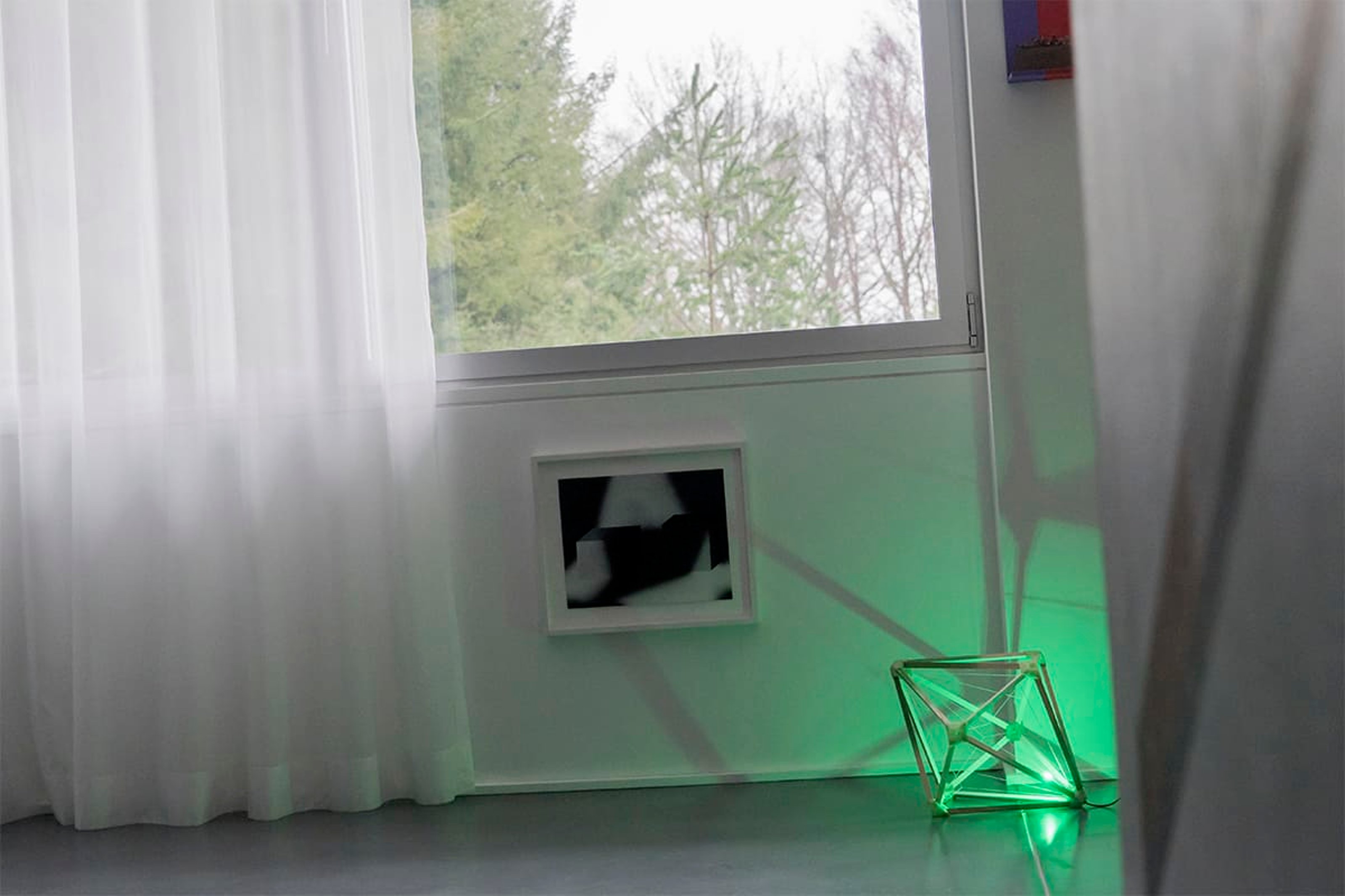

The Majerus Collection is an intimate celebration of contemporary art. With a straightforward enthusiasm for the contemporary, Patrick and Stephanie Majerus are less interested in living alongside works that may already have comfortably settled within their meaning. Instead, the couple seeks constant forms of intellectual and emotional progression. From hyper-contemporary artists like Daniel Keller or Katja Novitskova, to the element-conscious Olafur Eliasson, create a constant flux of reflection that openly invites considerations for the new. Majerus subsequently notices beauty of witnessing change within change, a growing (r)evolution that simultaneously endures remnants of today’s nostalgia and tomorrow’s memory — all of which shall contribute to the coming world that shall be our world, nonetheless.
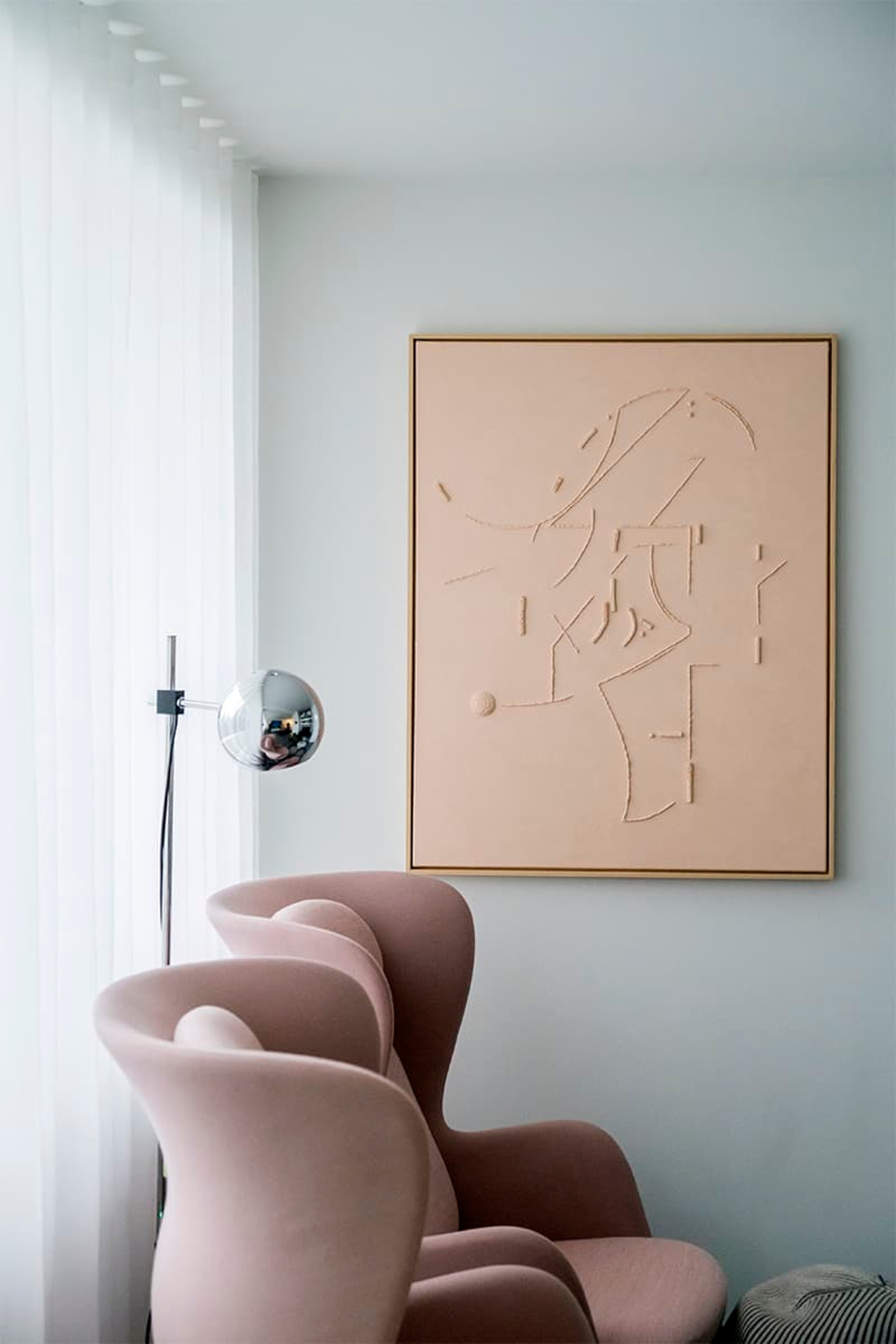
Receptive to today’s urgency of preserving art, Patrick and Stephanie Majerus deliberately donate parts of their collection to cultural institutions, like Mudam in Luxembourg or Centre Pompidou in Paris. Something equally important is public access, and the Majerus Family shares a vast amount of their collection with the public through Collecteurs, ensuring art’s discourse is taken beyond the comfort of their own living room.
For Patrick and Stephanie Majerus, art isn’t just an investment — unlike some or many of their contemporaries — it’s the way we live. And the way we shall stay.
Collecteurs: Patrick, you predominantly collect contemporary art. Is this continual dedication largely due to coexisting alongside current and familiar realities? What is it about contemporary art that you haven’t been able to locate in eras from the past?
Patrick Majerus: I used to collect many things, beginning with stamps and French comics. I was intensely passionate about tribal art for many years, but in the end I decided to stop collecting it. I wasn’t able to differentiate between originals and fakes, and still now I’m wondering about that criteria. The notion of origin was another issue. To whom did these pieces belong? Under which circumstances did these sculptures get out of Africa and Indonesia?
The cultural value is much more important to Stephanie and I. Of course, defining cultural worth and ‘quality’ is difficult and very personal. If a piece still surprises us after having lived with it for many years, it definitely fulfills all our ‘quality’ requirements.
I’m very interested in modern art and old masters, but the ‘question of origin’ wouldn’t allow me to live comfortably with them. And lastly, I don’t have the same expertise in that area as I claim to have in contemporary art. Not to mention that yesterday’s masterpieces are far too expensive… When wandering through museums, I really appreciate the art from past centuries, but it’s not something I need to own!
Collecteurs: When you say ‘expertise,’ what does that eventually entail? Does it, in particular, refer to an artist’s (economical) worth? Why is it actually important to be an ‘expert’ in collecting? Whether that’s art, or stamps…
PM: It’d be very naive to deny the existence of art’s economical value, but it’s just a part of it. The cultural value is much more important to Stephanie and I; we want to live with art on a daily basis. Of course, defining cultural worth and ‘quality’ is difficult and very personal. If a piece still surprises us after having lived with it for many years, it definitely fulfills all our ‘quality’ requirements.
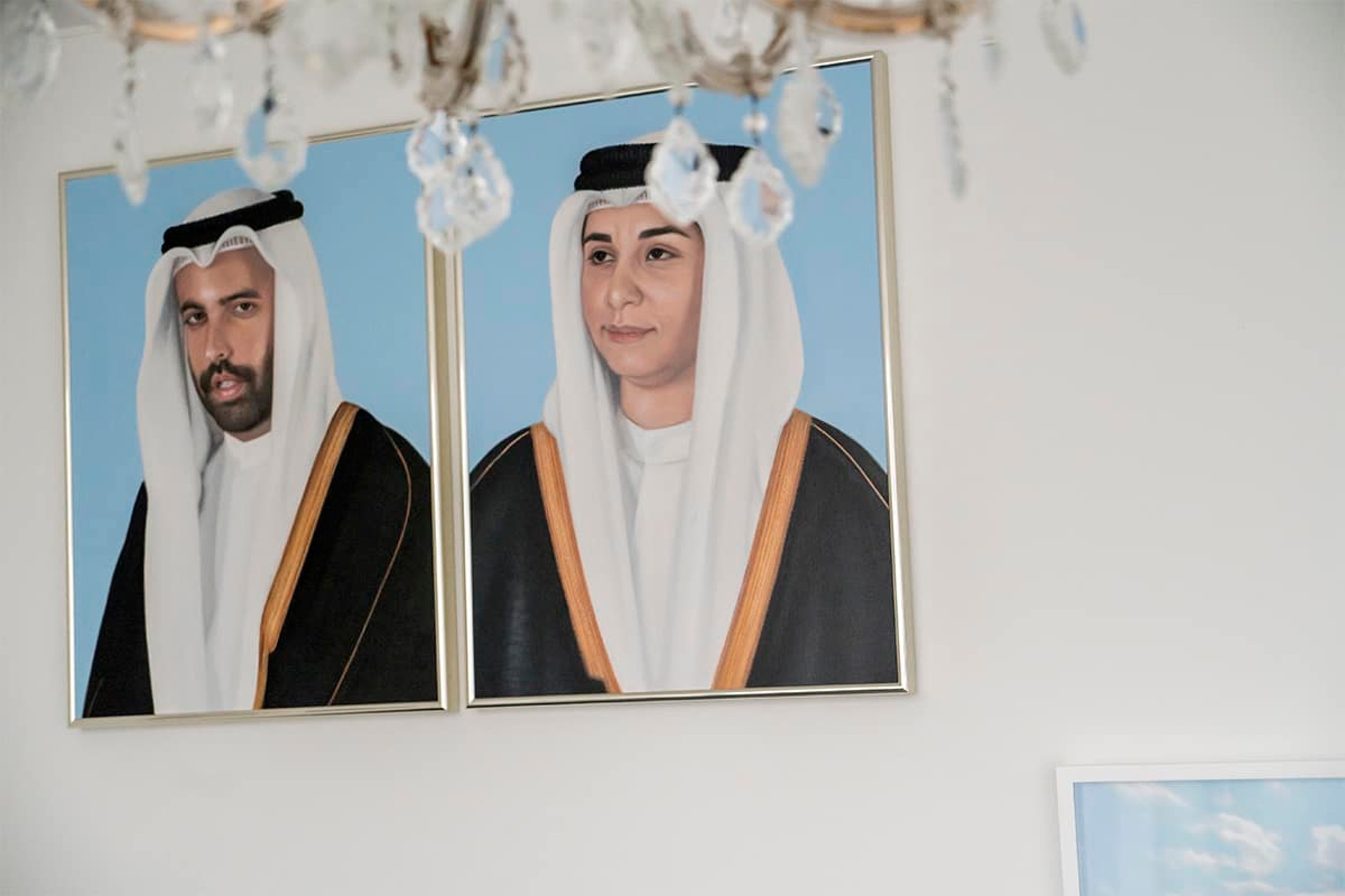
GCC Royal Mirage V and VIII, 2014 – © Eric Chenal for Collecteurs
I think this notion of needing to want to spend a while with something goes unnoticed within contemporary means of collecting. It has become so much about the prospect of investing, instead of this idea of growing old together…
Collecteurs: Some collectors feel pressured by today’s art market, saying there’s no time anymore to build a real connection with artists. Everything needs to happen right now. Do you feel a similar type of pressure when it comes to collecting?
PM: I felt pressured by the market for many years. Once you start a collection, you don’t want to ‘miss’ anything. But after nearly 20 years of collecting, I’ve grown more relaxed. A missed opportunity opens the path to another future possibility.
We’ve been collaborating with a few galleries for years. Nothing needs to happen right now, it just happens! If you’re really interested in an artwork, you can ask to get it when you need it.
Collecteurs: When you first started collecting, what were you afraid to miss out on?
PM: I wasn’t afraid, just extremely enthusiastic. It was exciting, and I wanted to discover everything immediately. I was lucky to get in contact with some of the best German collectors and gallerists from early on. Those initial moments of collecting were extremely important, but honestly, I’m very happy to have calmed down ever since. It’s beautiful how buying art involves also a certain passage of time. It’s like buying a house or a car.
As I said, denying the existence of investment and economical worth would be naive, even dishonest. But I don’t want the economical value to becoming part of my daily life. The most important question is always: Can we imagine this piece inside our private rooms for decades to come?
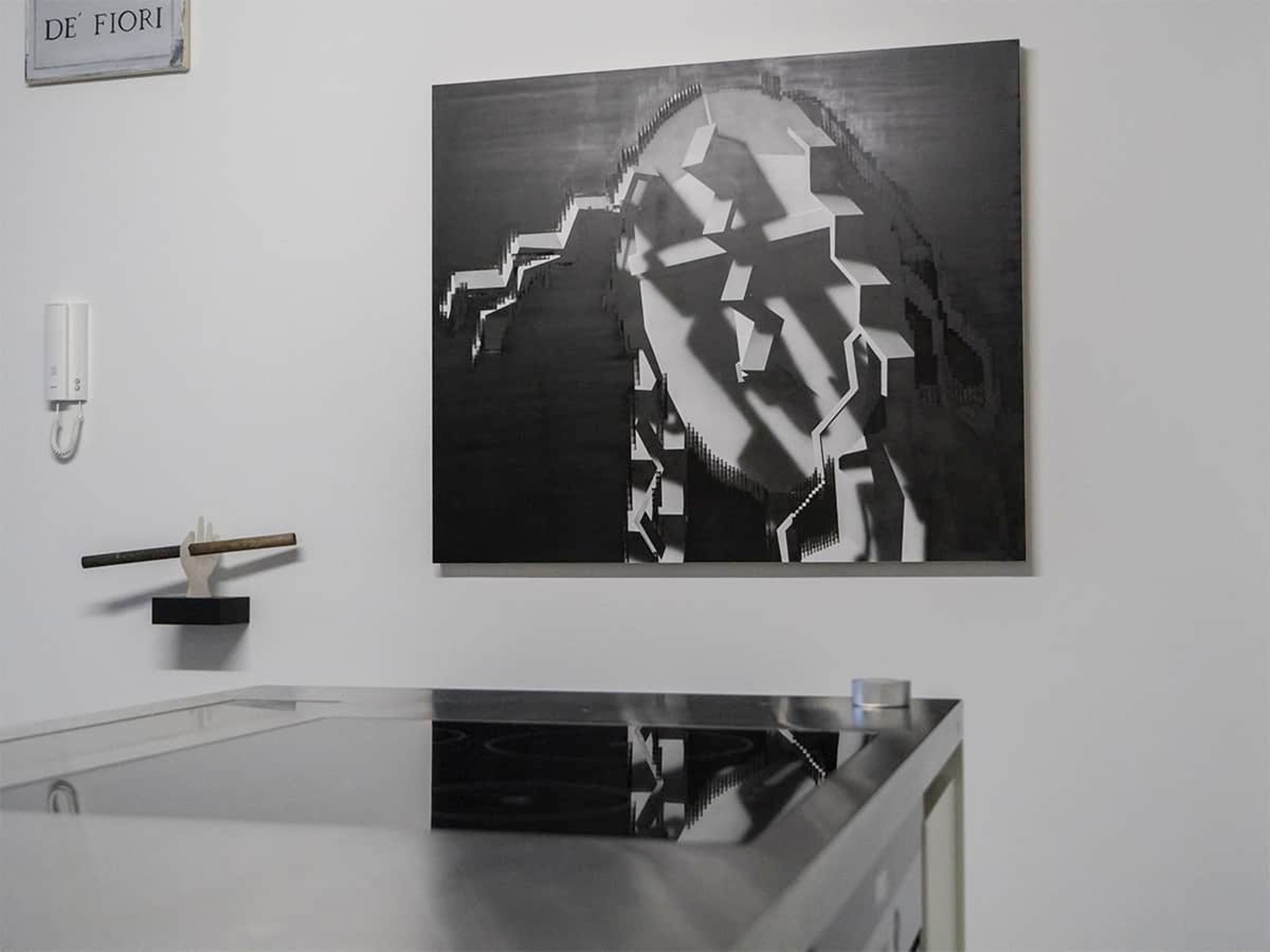
Daniel Keller – Freedom Club Hand, 2014 & Avery Singer – Untitled, 2015 – © Eric Chenal for Collecteurs
Collecteurs: Artistic sensibility ranges within in your collection. What do you need in order to start paying attention to an artist?
PM: Paying attention to an artist can be a fast, or a very slow process. We recently acquired a piece by the French artist Bernard Piffaretti. His gallerist, Sebastian Klemm from Berlin, introduced me to his work three years ago, and only now I was ready to take the final step.
The last 2-3 years, Stephanie and I made the decision to no longer have works in storage. Now, we only buy pieces we want to live with on a daily basis, that have the chance of enriching us constantly.

Michael E Smith – 2012-2014 © Eric Chenal for Collecteurs
Collecteurs: What prompted the decision to not have artworks stored anymore? Was there a sudden need to establish a more personal connection to art?
PM: We had a lot of pieces in storage, either because we weren’t able to handle the number, or because the works were too massive for our home. Having a storage implies responsibility… And in the end, those works aren’t really existent if put away. We also don’t have the ambition to have a ‘museum’ collection.
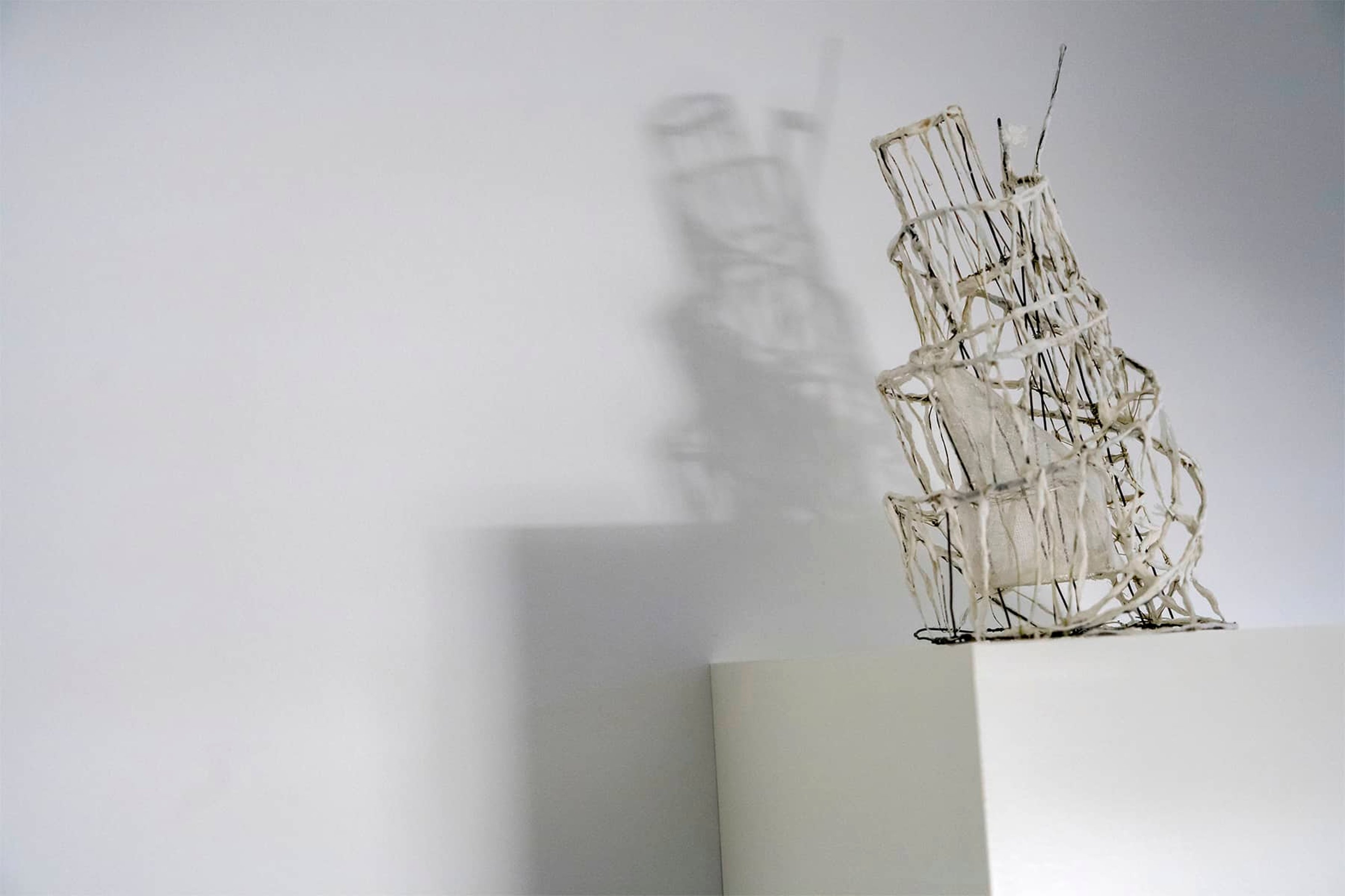
Chto Delat – Untitled (Tatlin Tower), 2013 – © Eric Chenal for Collecteurs
Collecteurs: Is it a matter of human ethics, or — above all — a matter of innate disposition when we speak of art necessarily belonging to an audience?
PM: Firstly, we should stop thinking that an artist is sacred just because it’s art! If a collector decides to not show his/her collection to anyone, I can’t imagine any argument that allows us to criticize this very decision.
Now, that’s not the way we think about art. Our primary way of making our collection publicly accessible, happens via museum donations.
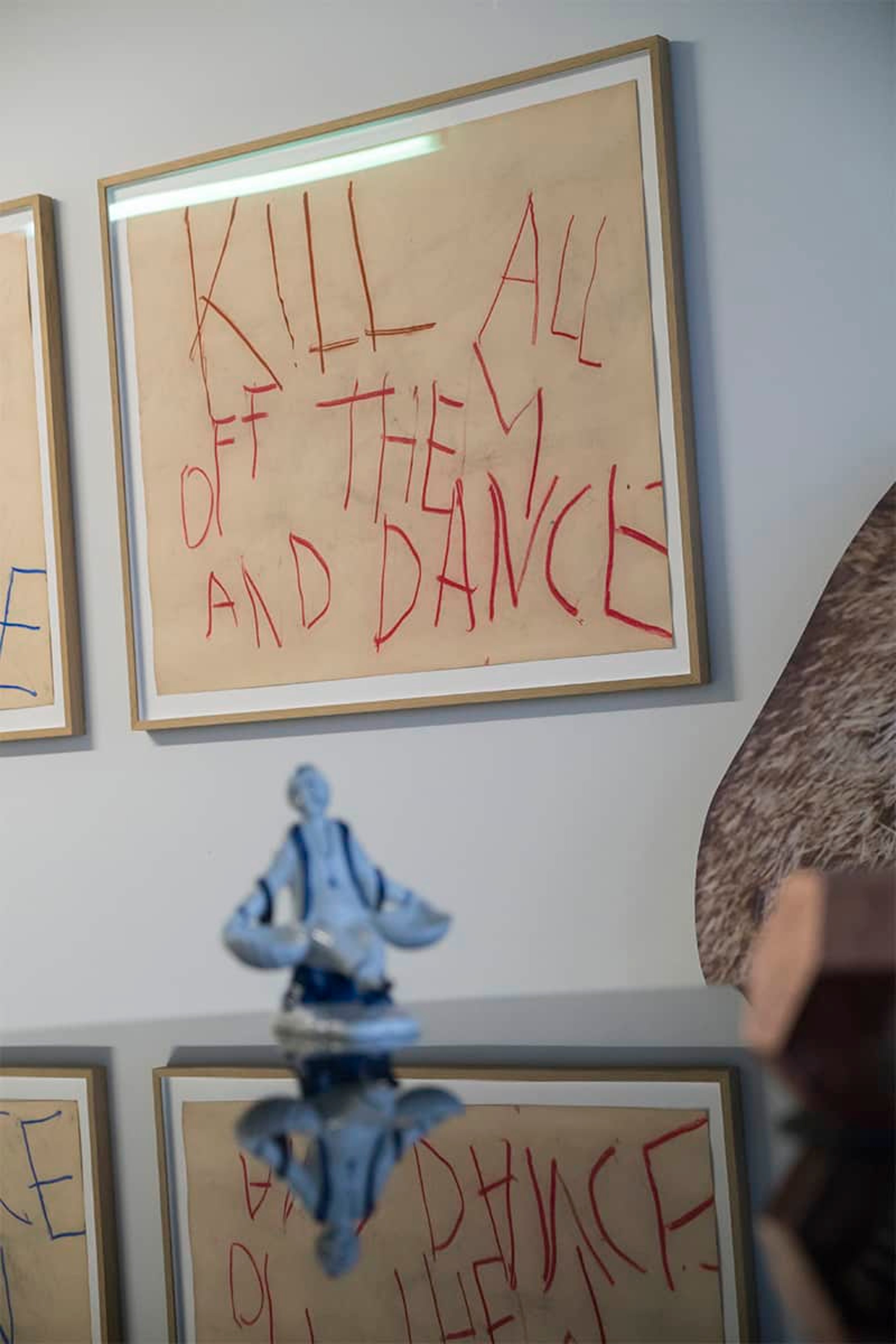
We will expand our collaboration with some institutions in the coming years, not limiting ourselves just to national museums. Mutual trust and respect is essential for those relationships, which requires time to build. While we don’t have publicly accessible rooms, we’re happy to open doors to people who share our passion.
Collecteurs: Would you ever consider opening a public space for your collection?
Never! We feel extremely comfortable just donating to museums. Having a public space would be extremely pretentious. In general, I think that limited events can be fun; large, permanent structures always end up being such a burden.
Colleteurs: …And often might lead to affairs that are no longer about art. How do you generally experience art events that take place on small scale in comparison to larger ones? Do you experience them differently?
Many small and large-scale events have become high society events. And that’s fair enough. Art needs this type of publicity. We do prefer going to museums outside official vernissages. You can concentrate on the actual exhibition, and not get distracted by champagne. Some gallerists, though, organize small events that we love to attend.
Collecteurs: Your collection consists of sculpture, and painting, as well as video. For a while I’ve been interested in the act of collecting video art; Often people seem to not understand the point of it, since it involves a different type of physical engagement. And its gratification isn’t as immediate, like gazing at a sculpture or painting.
What has made you want to collect pieces by Michael E. Smith (The Look of Love, 2007), or Sven Johne (Greatest Show on Earth, 2011)? I imagine it’d be difficult for a video work to actively participate in your daily life, like a painting – unless you’d run a screen 24/7. Do you think it’s actually necessary for video to function similarly to sculpture or painting? Or can it form part of our daily engagement, in different ways?
PM: Nowadays we only buy video works in order to donate them shortly after to museums. This was also the case with Michael E. Smith’s and GCC’s video works. It’s important to us that these works are present in Luxembourgian institutions.
Sven Johne’s works were initially bought for our own collection, but the former MUDAM director, Enrico Lunghi, wanted to have them be part of the museum’s collection. And since MUDAM had the ‘right’ to choose freely from our collection, we couldn’t refuse… but it was an excellent decision!
Personally speaking, I don’t think videos can or should function similarly to artistic mediums like paintings. At least I wouldn’t like to live with screens on a daily basis… videos function best in public institutions. And, as Jafa‘s work underlines, good works will continue to stay present in your mind after having abandoned them physically.
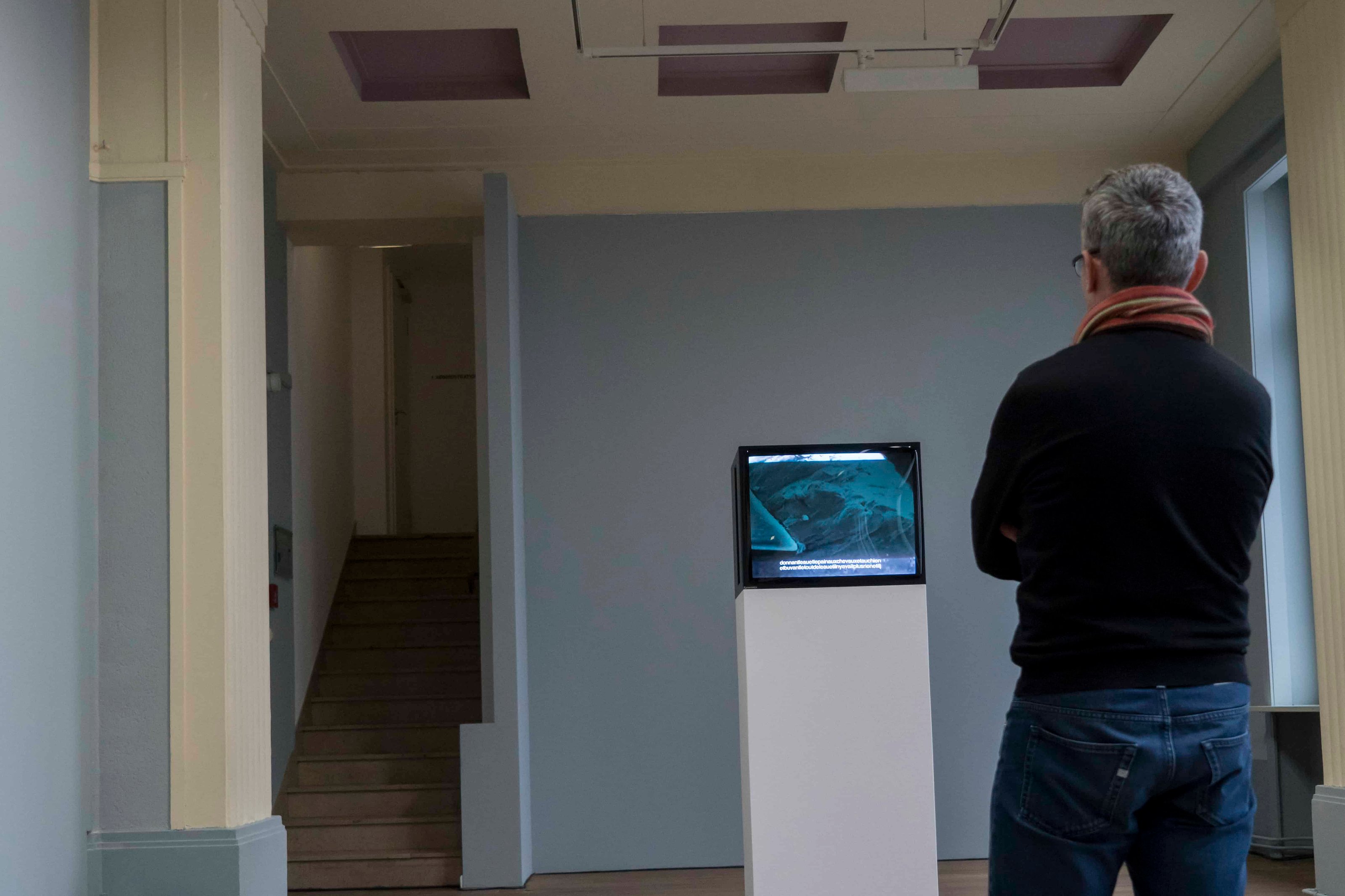
Video work by Fabien Giraud & Raphaël Siboni @ Casino Luxembourg – © Eric Chenal for Collecteurs

Collecteurs: Because video works are especially time-sensitive, their functionality becomes mainly about immediate memory that’s necessarily implied upon encountering them. Why is it personal matter that these types of work make it into institutions in your country? Is there a general lack of video art? What is about video that makes it especially significant for you?
PM: GCC made an excellent video work in the context of the luxuriancy, prosperity and richness existing in some of the Middle-East countries. Parts of its cynical, humorous criticism are very relevant in Luxembourg.
Collecteurs: So, alongside the means of art, there’s also a general desire to educate — or better yet, raise awarenesses — in your country?
PM: I definitely don’t want to educate anybody! But if the museums have the desire to get pieces from our collection, we’re happy to help. Everyone stays independent throughout the process, and donations only take place if both parties feel comfortable.
Collecteurs: Lastly, how important is it for you to regularly attend art fairs? Do you keep in touch with artists you collect, form a type of relationship?
PM: Attending art fairs has become becomes less and less important. Art Basel and Gallery Weekend Berlin are still on the ‘to-do-list.’ As well as Art Cologne, just in our backyard.If you’re really interested in an artist or a gallery, though, hopefully your interest goes far beyond art fairs. To us, it’s much more important to stay in touch with galleries and regularly attend their exhibitions, rather than turning up at a booth in whatever city.
